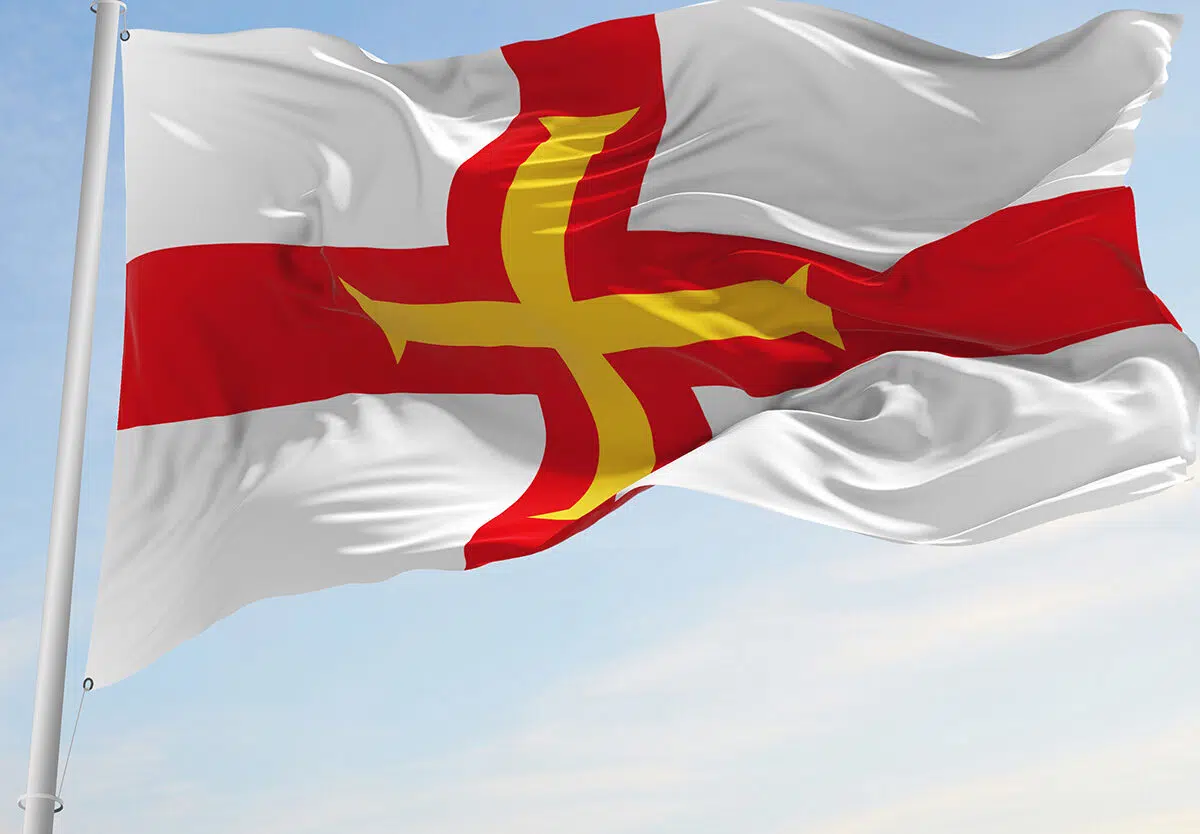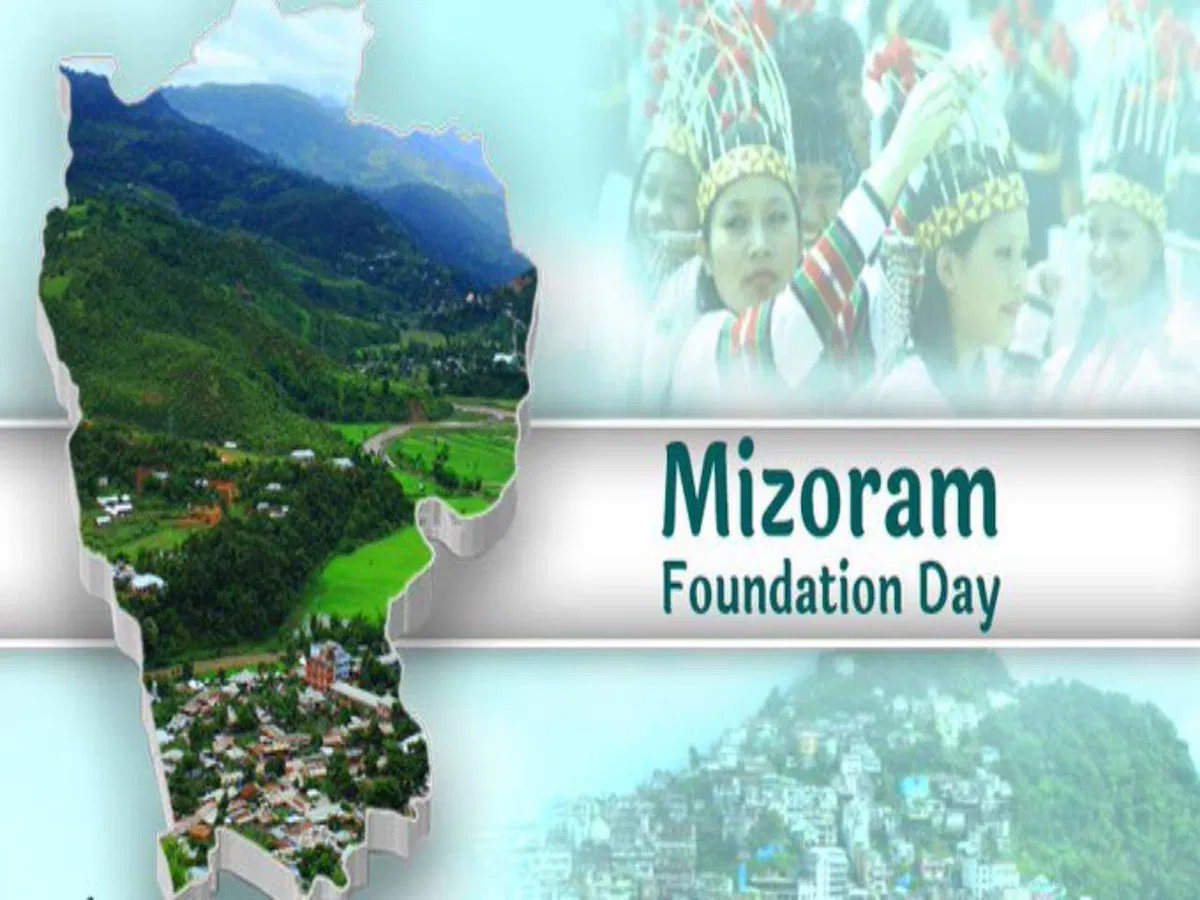Indians celebrate National Science Day on February 28 each year in a unique way. It is the anniversary of the significant scientific discovery that was made by Indian physicist Sir C. V. Raman. Today, National Science Day highlights the role that science plays in everyday life and gives everyday people a chance to see how scientific innovation can make lives better and help society grow. To commemorate this day, numerous scientific centers and institutions organize debates, scientific competitions, lectures, television shows, and even public speeches. Check out these science scholarships to get some money if you want to get a science degree and are passionate about it.
Chandrasekhara Venkata Raman, more commonly referred to as C.V. Raman, was a gifted child. HISTORY OF NATIONAL SCIENCE DAY He completed his secondary education at age 11, his higher secondary education at age 13, and then his bachelor’s degree at age 16. He took up accounting as a “safe choice” while he was studying physics and graduated with honors. He only quit when he was offered a teaching position at a college in Calcutta (now Kolkata) in India in 1917.
Raman first noticed the striking blue color of icebergs and the Mediterranean Sea four years later while traveling in Europe. He set out to disprove the prevalent theory at the time, which held that the sun scattered as it entered Earth’s atmosphere, causing a variety of colors to appear. He was unable to explain how this color appeared.
After initially delegating research responsibilities to his student, K.S. Krishnan, Raman began conducting experiments by himself. They found that some light scatters in different directions when it passes through a transparent material.
Raman fully anticipated receiving the Nobel Prize in the same year that these findings, which were published in 1928, took the scientific community by storm. He didn’t get any attention that year or the year after that. However, Raman never wavered in his belief in his discovery, and he was so confident in himself that he booked two tickets for himself and his wife to board a steamship to Stockholm in July, just in time for the Nobel Prize to be awarded in November. That year, he won the Physics Nobel Prize, bringing his work and the Indian scientific community into the spotlight.

Timeline for National Science Day 1923 Adolf Smekal, an Austrian physicist, describes the scattering of light effect, but it is still just a theory.
1928 Timing is Everything Soviet physicists Grigory Landsberg and Leonid Mandelstam observe the scattering of light effect in crystals a week before Raman publishes his now-famous theory. However, they publish their paper months after Raman, so they are not recognized as the original discoverers of this effect.
1928 We Have a Name Physicist Peter Pringsheim from the University of Berlin investigates and precisely reproduces Raman’s theory of scattered light, coining the term “Raman Effect” for this phenomenon.
In order to promote science and scientific thought, a proposal is made in 1986 by the National Council for Science and Technology Communication (N.C.S.T.C.). This proposal asks the Indian government to declare February 28 as National Science Day.
The first National Science Day is February 28, 1987. The National Council for Science and Technology Communication announces special National Science Popularization Awards, which provide winners with scholarships, grants, and other prizes.
Frequently Asked Questions About National Science Day In 2022, what will be the theme?
Each year, India celebrates with themes centered on science to draw more attention to this area of education. The 2022 theme is “integrated approach in science and technology for a sustainable future,” and previous themes included waste management and information technology.
What significance does National Science Day hold?
World Science Day, which is held in November, emphasizes the significance of science to society and the need to involve the general public in discussions of emerging scientific issues. In addition, it emphasizes the significance and relevance of science to our day-to-day lives.
National Science Day is celebrated by colleges and science institutes all over the country with public speeches, lectures, debates, quizzes, science model exhibitions, science movies, and science exhibitions on themes and concepts.

NATIONAL SCIENCE DAY ACTIVITIES Learn more about C.V. Raman, a significant scientific pioneer whose work inspired subsequent generations of researchers. Watch films about his life, read his scientific papers, or investigate the ways in which his achievements influenced the global scientific community.
Honor the underlying theme of this day by celebrating all aspects of science and exploration. Make your own scientific experiments, learn about new theories, and listen to great scientists talk about how much they enjoy this field of study.
Encourage scientific inquiry and share your enthusiasm for science with others. Introduce them to C.V. Raman and contemporary innovations that utilize science to improve our lives.
Five things you should know about C.V. RAMAN: Raman was a man of firsts. He was the first “non-white” person, the first Asian, and the first Indian to win the Nobel Prize for his work.
He left a significant fellowship. In 1924, the Royal Society of London made Raman a Fellow, a distinction that was only given to a select few; He was the first Indian Fellow to resign for unspecified reasons.
He was knighted as well because of his work on the Raman Effect; the British government in India knighted him; “Sir Chandrasekhara Venkata Raman” was his official title.

During his active years, he was the primary contributor to the majority of research institutions established in India, including the Indian Journal of Physics and the Indian Academy of Sciences. He was a pioneer in Indian research.
He stayed true to science He opposed Jawaharlal Nehru’s policies on scientific research so strongly that he destroyed his ‘Bharat Ratna’ medallion, which was given to him by Nehru and is the highest civilian award given to Indians.
Why We Love National Science Day Science brings order to a chaotic world, which is why we love it. It is a never-ending journey of amazing discovery and provides us with answers to questions we didn’t know we had.
We believe that efforts made in science merit recognition. We are all in favor of highlighting efforts made in science in the interest of expanding research and innovation in this field. This day is in their honor.
Everyday life teaches us about science. National Science Day gives everyday people a chance to learn about how science can help them solve problems in their everyday lives. As a result, interest in science and scientific endeavors rises.



